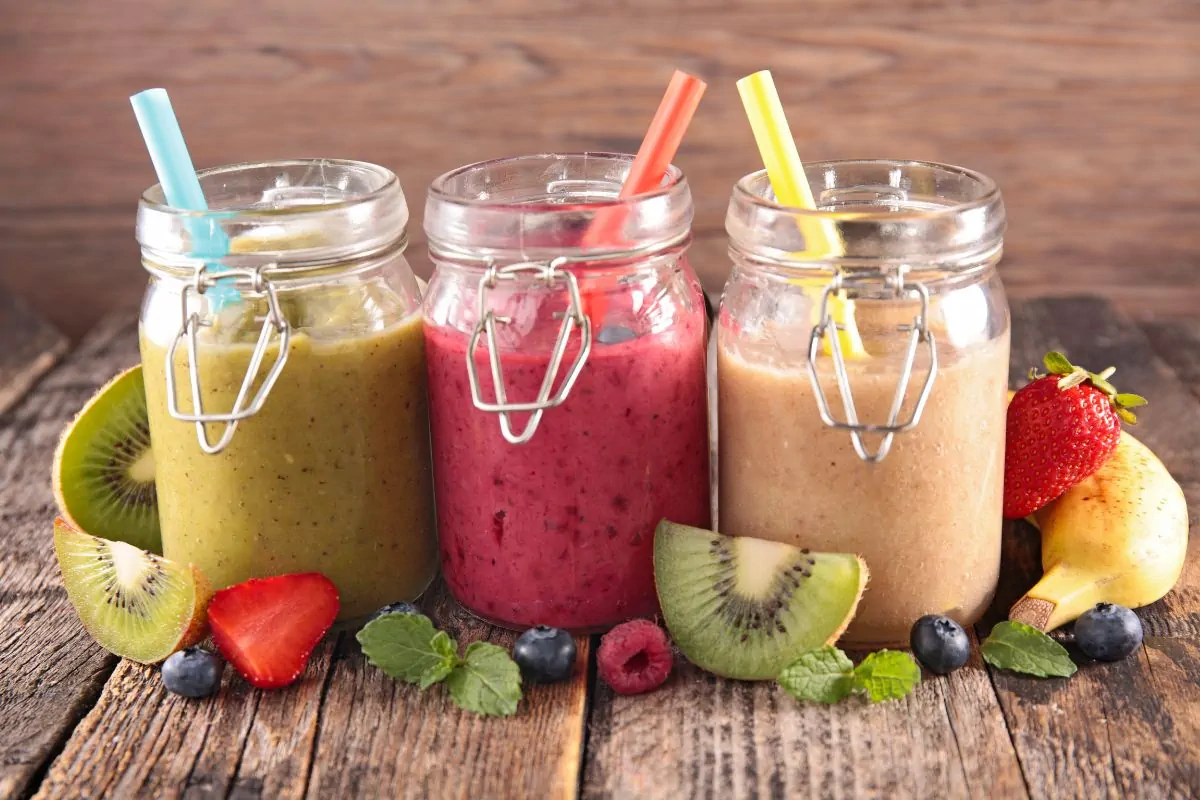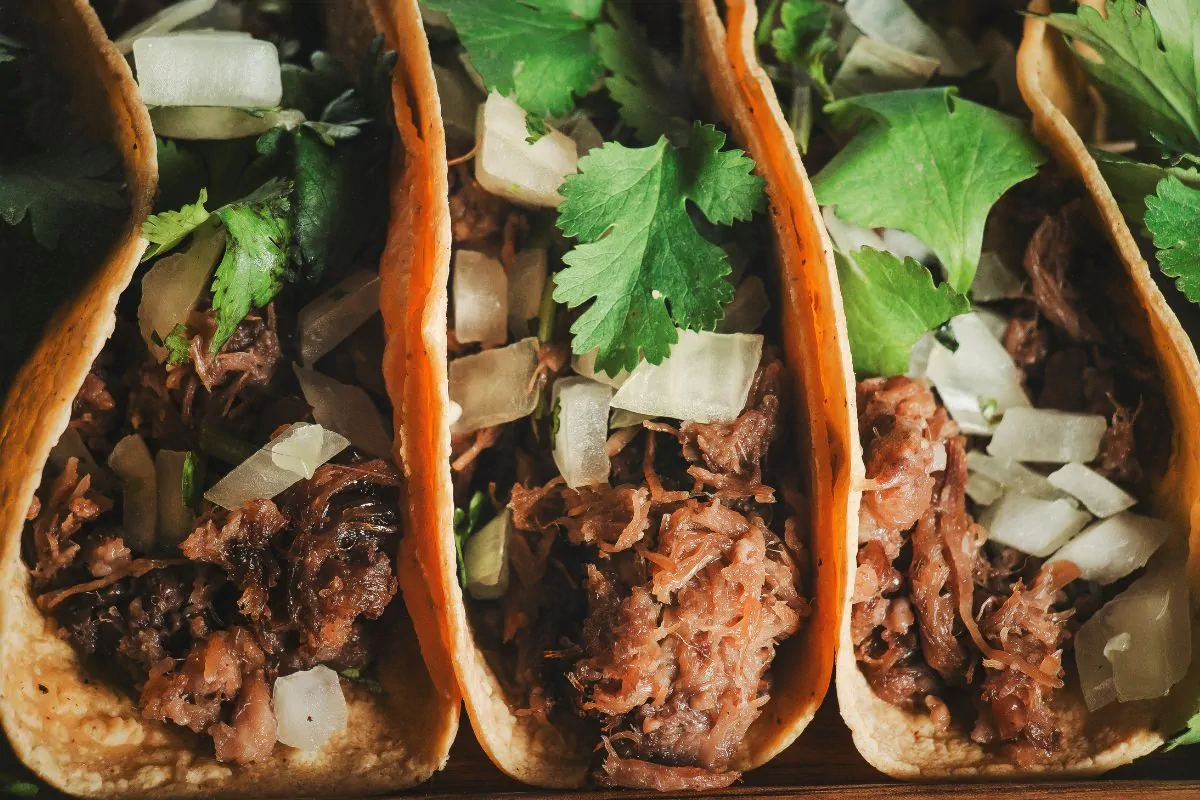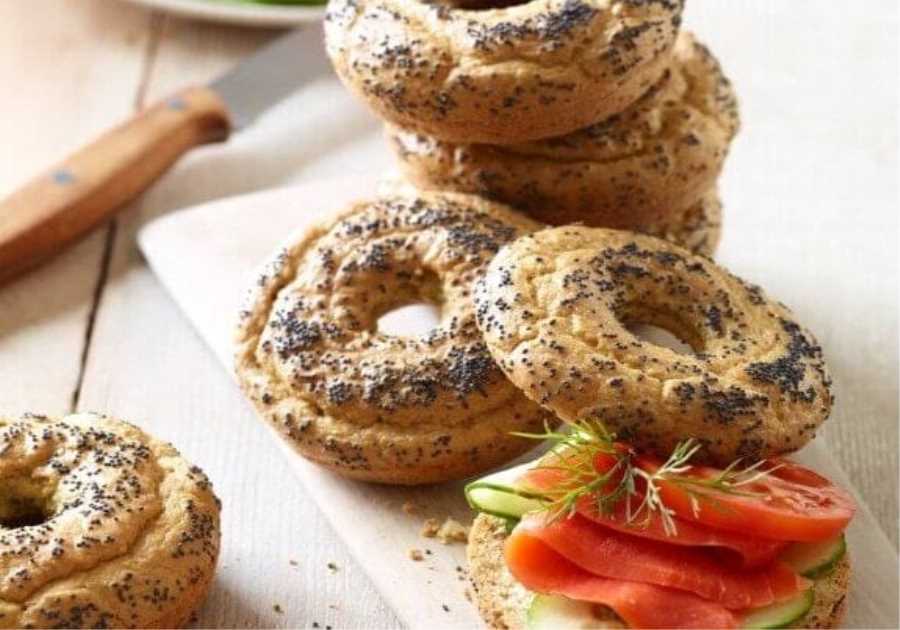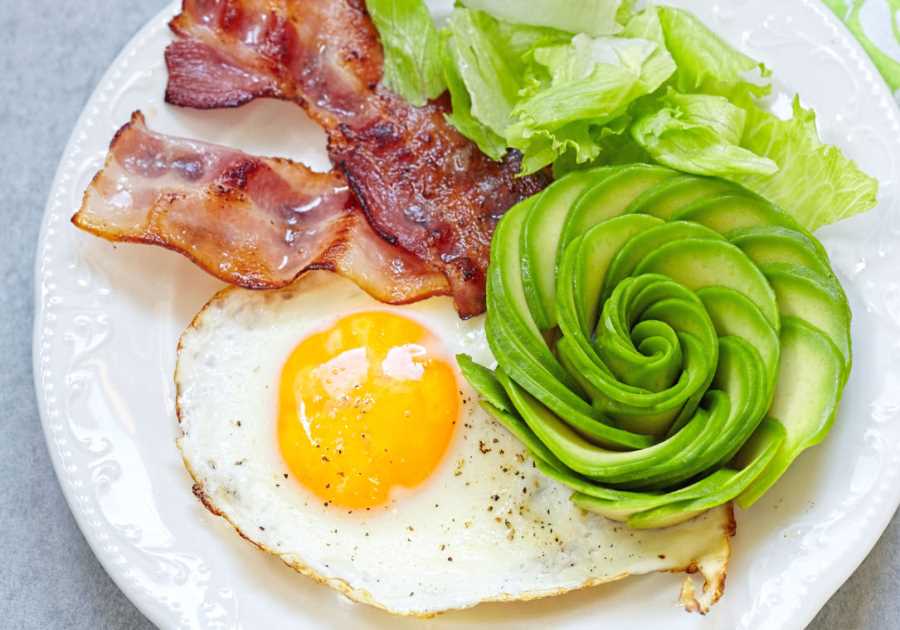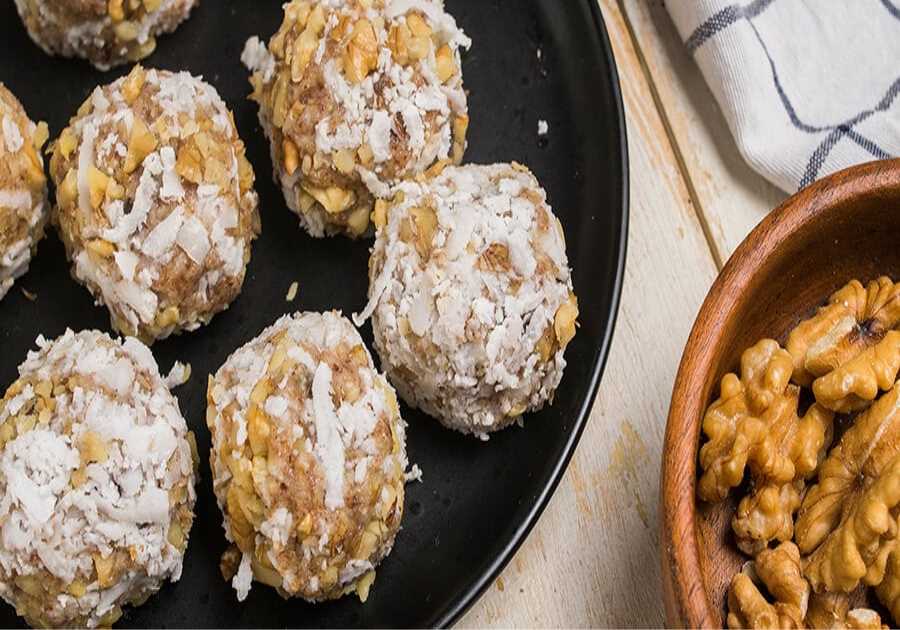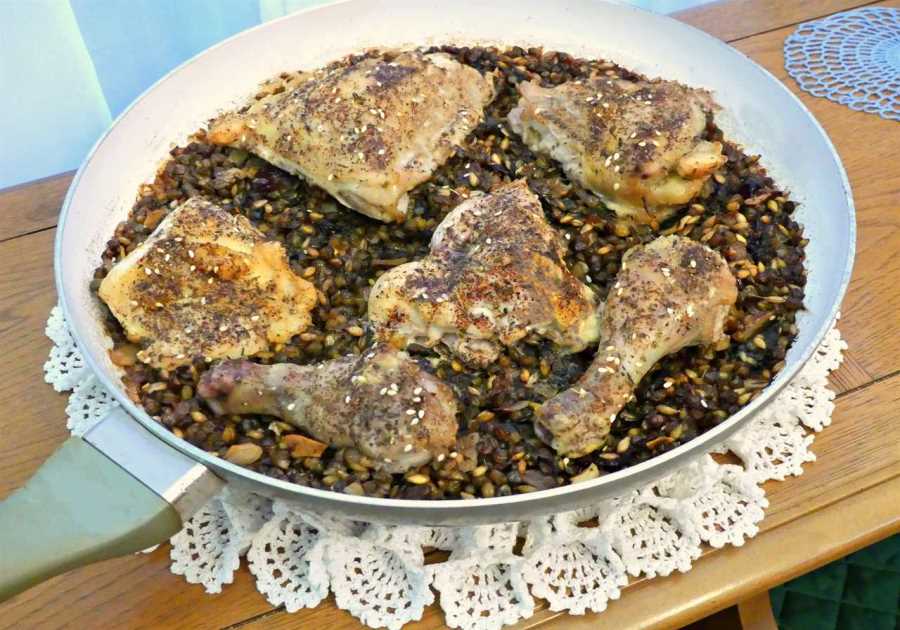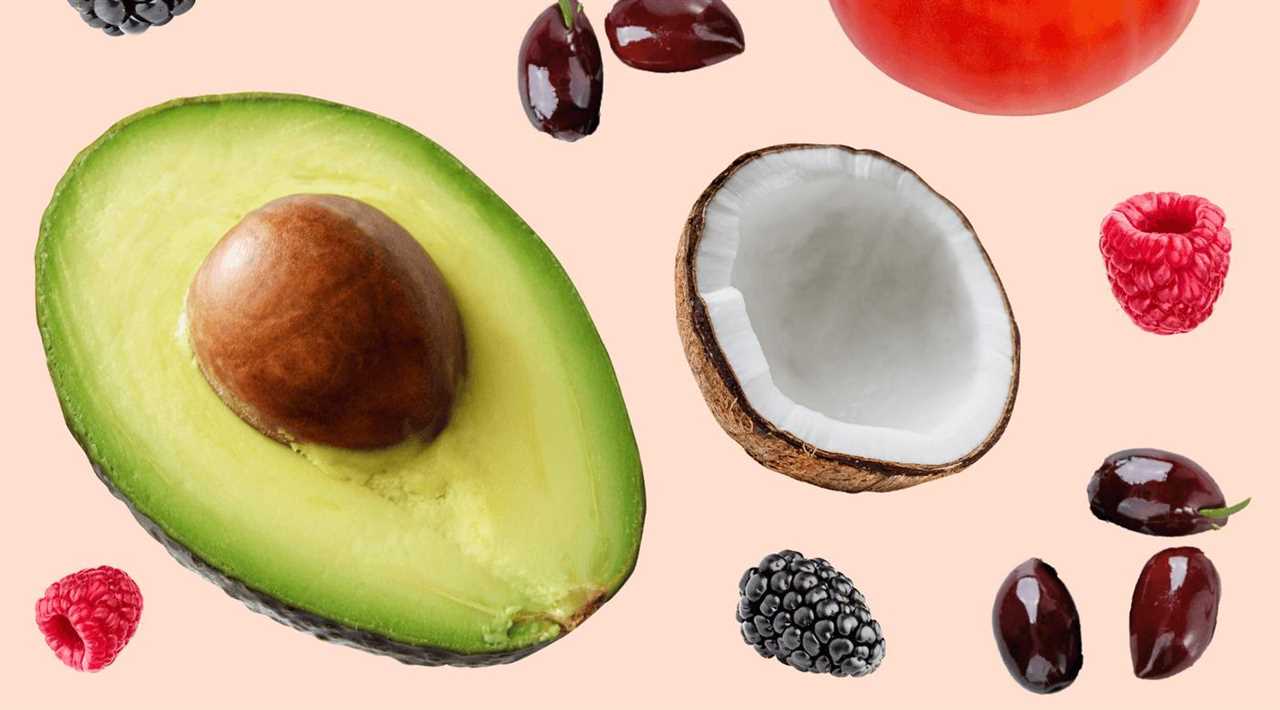
What is a Keto Diet?
The All About Keto diet is a high-fat, moderate protein, low-carbohydrate eating plan that has been scientifically proven to reduce body fat and improve overall health. It's designed to help you stay in fat-burning mode (ketosis) for more extended periods so that you can experience dramatic results without having to make drastic changes in your lifestyle.
Benefits of a Keto Diet include improved energy levels, lower hunger cravings, weight loss, better digestion and absorption of food, reduced risk for chronic diseases like diabetes and heart disease, increased mental clarity and focus, improved mood, higher immune system support, and better skin health. In addition to these benefits, the All About Keto diet enables your body to tap into its own fat stores instead of relying on outside sources for fuel which helps you lose weight quickly while maintaining a healthy lifestyle.
Participating in a Keto diet means committing to an eating plan based on primarily natural unprocessed foods such as proteins including fish and poultry; limited consumption of carbs with plenty of vegetables; enough healthy fats including nut butter and avocados; fermented foods like kefir; nuts like macadamia or walnuts; seeds like hemp or flax; grass-fed butter whenever possible; essential supplements like vitamins B6, D3 and omega 3 fatty acids (found in salmon steaks); along with plenty of water!
A ketogenic lifestyle requires you to monitor carbohydrate intake regularly by counting net carbohydrates (total carbs minus fiber) and reducing processed sugars in order to achieve effective nutrient management. This constant monitoring helps keep glucose levels low allowing your body to access additional stored fat cells for energy rather than breaking down valuable muscle mass instead. With these keto essentials in mind you are now ready to embark on an amazing journey toward accelerated fat loss as well as heightened performance levels during both physical activity times as well as daily life activities - all while enjoying delicious meals every single day!
Dietary tips for avoiding keto flu
Keto flu is one of the more common side effects of the keto diet. You may experience symptoms like fatigue, vomiting, and cramps. Thankfully, you can fight the symptoms with a few simple tricks and tips.
The most obvious way to combat keto flu is to drink plenty of water. But there are a few other things to look for.
First, eat more high-quality fat. If you are not eating enough healthy fats on the ketogenic diet, you're likely going to feel sluggish. A healthy dose of coconut oil or MCT oil is a great way to keep your energy levels up and reduce your body's need for glucose.
Also, make sure to include foods with potassium in your diet. This will help keep your electrolyte levels balanced and lessen your chances of experiencing keto flu. In addition, you should drink more water, particularly in the morning.
For added health benefits, you should also consume magnesium-rich foods. These can be found in nuts, seeds, and non-starchy vegetables. However, you should be careful not to overdo it.
Weight loss
The ketogenic diet, also called a low-carb diet, is an eating plan that is based on a high-fat and moderate-protein diet. It can be an effective tool for weight loss and health.
It works by putting the body into a state of ketosis. When the body is in this state, it will burn fat as its primary source of energy. A high ketone count can also suppress the appetite.
However, while the keto diet has numerous health benefits, it is not for everyone. Depending on your individual situation, it may be better to stick with a more moderate diet.
Keto is a complex diet plan. During the first few weeks, you might experience a lot of flu-like symptoms and lose some muscle mass. You'll also have to avoid certain foods that are high in carbohydrates.
While it is not difficult to start the keto diet, it is not easy to maintain it. To ensure success, you should have a solid plan for your daily meals. In addition, you should try to limit your caffeine intake during the afternoon.
Electrolyte imbalances
Electrolyte imbalances on keto can be a serious problem. The main cause is dehydration. To prevent dehydration, make sure you drink plenty of water. Aim for a 4-6 ounce glass of water every hour. If you're working out, you'll need to replenish electrolytes.
Foods that contain potassium include spinach, avocados, and almonds. These foods are easy to get on a keto diet. They help keep the heart beating properly and can also prevent muscle cramps.
Sodium is also important on a keto diet. It's found in meat, bouillon cubes, and soy sauce. Meat contains around 200 mg of sodium per 100 grams.
Magnesium is another essential electrolyte. This mineral is responsible for regulating muscle contraction. When it's too much, the body can experience digestive problems. However, it can also contribute to heart attacks and strokes.
Some medications can alter the balance of these minerals. These drugs include insulin, Amphotericin B, and corticosteroids. Taking supplements can help you maintain your electrolyte levels.
Dangers
Keto diets can cause nutrient deficiencies, which means you might not get the vitamins and minerals you need. In addition, your kidneys may suffer as you eat large amounts of fats and proteins. You should also be sure to drink plenty of water and maintain a healthy hydration level.
Low-carb diets are known to cause thyroid problems, adrenal stress, and other conditions. Those who experience these negative side effects should consult a doctor before making changes to their diet.
High-fat animal products can promote a higher risk of heart disease, cancer, and other health problems. In fact, a high-fat diet has been linked to the growth of colon cancer.
A low-carbohydrate diet, on the other hand, can reduce the amount of short-chain fatty acids in your system. These fatty acids are associated with autoimmune disorders and mood changes.
Frequently Asked Questions
Can I eat vegetarian keto?
Knowing how the vegetarian keto lifestyle works will help you determine if it is possible to eat it. It's not difficult to follow a vegetarian keto lifestyle. This means you will have to eliminate animal products from your diet, and instead eat plant-based foods that are low in carbohydrates and high in fats.
It is important to maintain a healthy macronutrient balance when you are following vegan keto. This involves monitoring the amount of carbohydrates, protein, and fat in each meal. You should reduce your intake of protein and increase your intake of fat. To achieve a metabolic state called nutritional ketosis, you need to reduce the amount of carbohydrates that are consumed. This will cause your body to burn fat instead of glucose for energy.
Apart from monitoring carbohydrate intake and calculating macros, you will also need to pay attention to whole foods rich in nutrients like avocados, nuts, seeds, leafy greens, olive oil, and healthy unsaturated oil like coconut oil. A vegan ketogenic diet should include vitamin B12 supplementation. This is because many people don't have enough of the essential vitamins and minerals they need.
You can achieve success on a vegetarian diet by learning more about plant-based options, such as tempeh or tofu.
How long does lazy keto take to lose weight?
It can be difficult to estimate how long it will take to lose weight using the lazy keto diet. There are many factors that can influence the effectiveness of the diet, and they won't work for everyone. It will depend on the individual's lifestyle, goals and commitment to this type diet.
Studies show that you might notice a steady decline in body weight within two weeks. You might notice a decrease in body weight after about two weeks. However, it is possible for factors like your caloric intake or body composition to cause inconsistencies. It is best to stick with the plan and keep track of your progress over a longer period.
Even if you don't exercise often, it is possible to lose weight even if you do not engage in any physical activity. When engaged in regular exercise coupled with sensible eating habits, it's possible that noticeable results could occur within as little as seven days.
You must be consistent when making any lifestyle changes such as changing your diet or getting into an exercise routine. This will ensure that you reach your goals sooner. Programs like lazy keto will show significant results if you are willing to work hard and have the knowledge.
Can you eat fruit on keto?
Do you want to know if fruit can be eaten on a low-carb diet? Yes, but be careful.
It is important to reduce carbohydrate intake to maintain ketosis and to burn fat. A healthy and balanced keto diet can include some fruits.
Low-carb fruits can be included in a keto diet, but they need to be consumed sparingly and with moderation. Individual fruits may have different amounts of carbohydrates. For example, bananas have significantly higher carbs than avocados.
Fruits contain sugar, which your body breaks down into glucose for energy production. If you are trying to reach nutritional ketosis, an excessive amount of sugar could cause blood sugar spikes. It is important to limit how many sugary foods you consume.
Choosing fresh fruit over processed or sugary snacks will provide essential vitamins, minerals, and fibre which help fuel our bodies without adding too many extra carbs associated with desserts or processed snacks like candy bars or pies.
Consider whether or not fruit is a good choice for you. However, it's important to remember that fresh fruits are healthier than sugary treats.
Can you eat Rice on Keto?
Hesitating? You aren't sure if or how rice can be incorporated into a ketogenic lifestyle. The answer is both yes and no -- depending on the type of rice you choose, it can fit right into your macros -- but could easily throw off the balance of your carefully curated diet.
Rice, a carbohydrate made from grains, packs a lot of energy per portion. If you are trying to limit calories or reduce carbs, it is best not to eat large quantities of wild or white rice. On the other hand, certain varieties, such as cauliflower and broccoli rice, are low in carbohydrates while still providing essential nutrients like vitamin C, fibre, and even protein.
Cauliflower contains 3g net carbs for a cup cooked portion. That said, even with this readily available substitution, there are other helpful tips to know before incorporating it into your meals: use a small amount carefully portioned out (or pre-measured) and put aside for your meal; check the packaging for any added ingredients (such as salt) as these might affect net carbs; bake instead of fry for further calorie reduction; add flavorful toppings with healthy fats such as avocado, and finally ensure enough hydration throughout the day to reduce potential bloating from any additional starches you receive from your meal containing rice.
Healthy grains like cauliflower rice, which is low in carbs, can help support a ketogenic lifestyle. Is rice okay to eat on keto? Choose the right variety of rice, but limit how many you eat with each meal. Avoid adding any additional ingredients that may negate the natural nutritious benefits of this delicious grain.
Statistics
- Carbohydrates are the body's preferred source of energy, but on a strict ketogenic diet, less than 5% of energy intake is from carbohydrates (learn more in our beginner's guide for the ketogenic diet). (eatingwell.com)
- But, a 1-ounce slice of cheese delivers about 30% of the Daily Value for saturated fat, so if you're worried about heart disease, consider portion size when eating cheese. (eatingwell.com)
- The ratio is often 60% fat, 35% protein, and 5% carbs. (healthline.com)
- It typically contains 70% fat, 20% protein, and only 10% carbs (9Trusted (healthline.com)
- Proteins should account for around 10–30% of energy needs, while carbs are usually restricted to 5%. (healthline.com)
External Links
fdc.nal.usda.gov
cambridge.org
healthline.com
hsph.harvard.edu
How To
Ketogenic Diet incorporating Exercise
For a healthy lifestyle, it is important to reenergize your daily routine by adding exercise. By incorporating the principles of ketogenic Dieting, you can achieve these goals by creating the best conditions for building lean muscle and shedding excess weight.
The aim is to produce a physical transformation that is not only stylish but also sustainable. While one can begin exercising almost immediately, seeking professional guidance throughout the process is highly advised to ensure gradual progress and maximum results over time.
Not only is it important to lose calories, but also to develop programs that meet individual needs and address health concerns. Intense Strength Training (HIIT) has become increasingly popular as an effective way of quickly boosting metabolism while giving shape and structure to the body.
Alternativly, you could opt for low-resistance exercise. This will allow you to take plenty of breaks during cardio exercises like walking or running, while still achieving significant results without further injury or fatigue.
Ketogenic dieting coupled with regular workouts allows you to gain greater control over what you eat and how you feel, providing a unified path for gaining physical strength, improved mental clarity, and all-around balance & wellness. These two elements create a system that allows for steady progress, with very few side effects, provided you follow the doctor's instructions. It gives you the ability to live more fully and enjoy life more!
Did you miss our previous article...
https://paleovsketo.com/keto/what-is-ketosis

